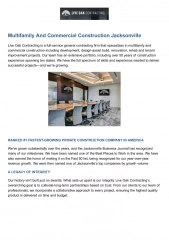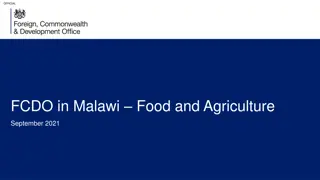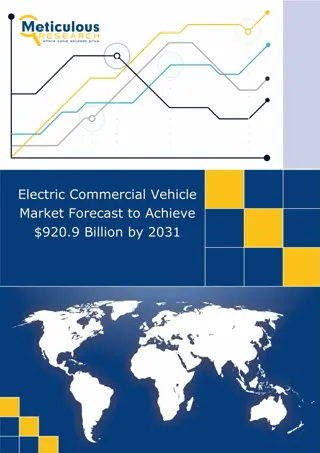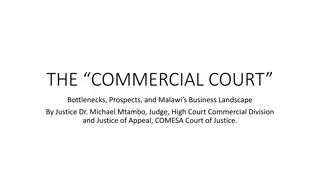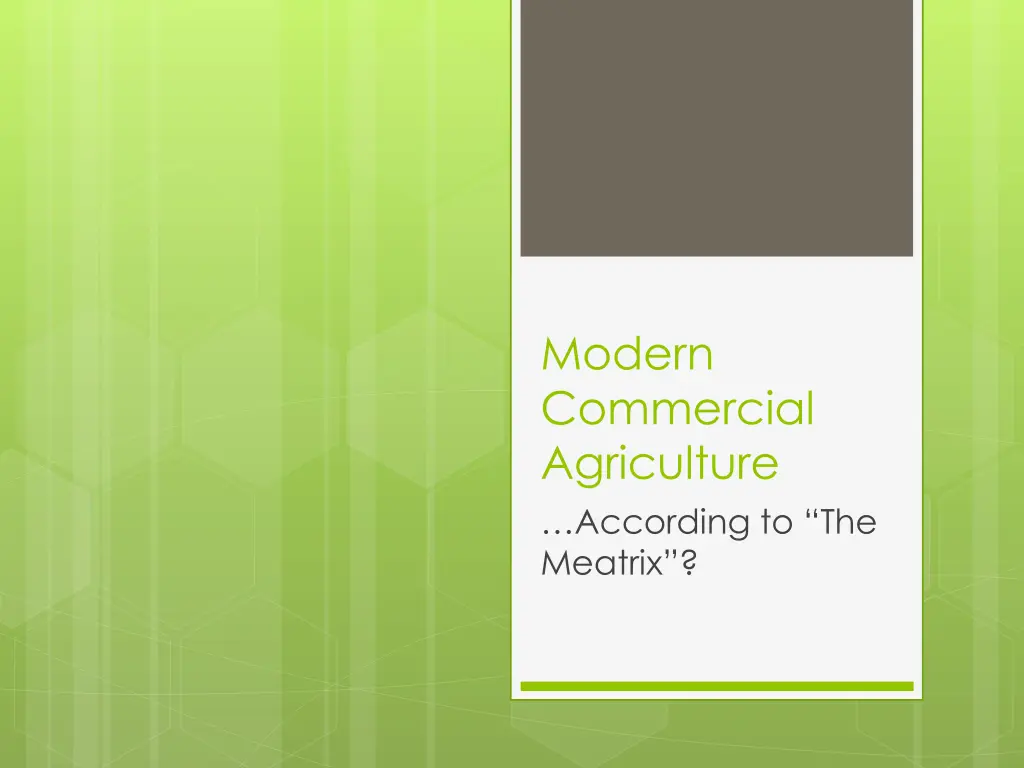
Revolutionizing Commercial Agriculture: The Meatrix Impact and Beyond
Explore the transformation of modern commercial agriculture, tracing from the decline in farming workers to the rise of agribusiness and the Green Revolution. Discover how innovative technologies and globalization have reshaped the industry, leading to increased food production and the concentrated nature of poultry production in the US.
Download Presentation

Please find below an Image/Link to download the presentation.
The content on the website is provided AS IS for your information and personal use only. It may not be sold, licensed, or shared on other websites without obtaining consent from the author. If you encounter any issues during the download, it is possible that the publisher has removed the file from their server.
You are allowed to download the files provided on this website for personal or commercial use, subject to the condition that they are used lawfully. All files are the property of their respective owners.
The content on the website is provided AS IS for your information and personal use only. It may not be sold, licensed, or shared on other websites without obtaining consent from the author.
E N D
Presentation Transcript
Modern Commercial Agriculture According to The Meatrix ?
How is it possible? 1950: 12% of U.S. workers were farmers 2015: <1% of U.S. workers are farmers BUT THE U.S. PRODUCES MORE FOOD THAN EVER
The Third Agricultural Revolution Began in 19thCentury U.S. Globalization of industrialized agriculture and new technologies that increased the food supply Mechanized farming technology Chemical fertilizers Farming and food processing done at different sites Commercial farmers harvest crops then ship to food processing sites to be packaged for marketing and distribution Food production increasingly industrialized Agribusiness
Agribusiness Includes: Farms Processing plants Packagers Fertilizer labs Distributors Ad agencies Often international
Winner Winner Chicken Dinner! The restructuring of agriculture in the late 20thcentury has had important implications for rural land sue and the distribution of poultry production in the U.S. A. List TWO factors that have increased the demand for poultry. Population increase (national or global) Health benefits Safety (mad cow) Enhanced image of poultry Availability Everydayness No cultural taboos against it Not too expensive (compared to other meats)
More Poultry Briefly describe TWO characteristics of the present economic organization of poultry production in the U.S. Corporation controls multiple elements of production Large scale operations Specialized farms Industrial manufacturing process C. Describe TWO features of the present geographic distribution of poultry production in the U.S. Regional concentration Economically depressed farming areas Immigrant work force Low wage rates Effects of concentration (e.g. environmental concerns) Proximity to markets or transportation corridors B.
The Green Revolution Phase of 3rdAg Rev beginning in 1940s New strains of hybrid seeds dramatically increased crop output New seeds require new fertilizer and machinery to maximize yields Scientists identify the key ingredients in poop: nitrogen, phosphorus, potassium Tractors, irrigation pumps, etc. Farmers in developing countries can t afford machinery/fuel Governments must subsidize in order to maintain green revolution
Downsides to the Green Revolution? Food, Inc. A Cornucopia of Choices :16-:25 GMOs in India (3:22) The True Cost :24-:32
Downsides to the Green Revolution Increased economic inequality in peripheral countries Reduced need for human labor Higher-yielding crop strains are more disease- and pest-prone G.R. pesticides cause pollution and health problems G.R. crops require more water strain water resources Many higher-yielding G.R. crops can t be grown in Africa (too dry) Reducing genetic diversity in seeds (monoculture) G.R. farming more mechanized pollution
Genetically Modified Organisms (GMOs) Uses scientific genetic manipulation of crop and animal products to improve agricultural productivity and products Super plants that grow at much faster rates, even in nutrient-poor soils Pesticides and fertilizers integrated into plant DNA May be drought-resistant or disease-resistant Super chicken produces more meat at faster rate



